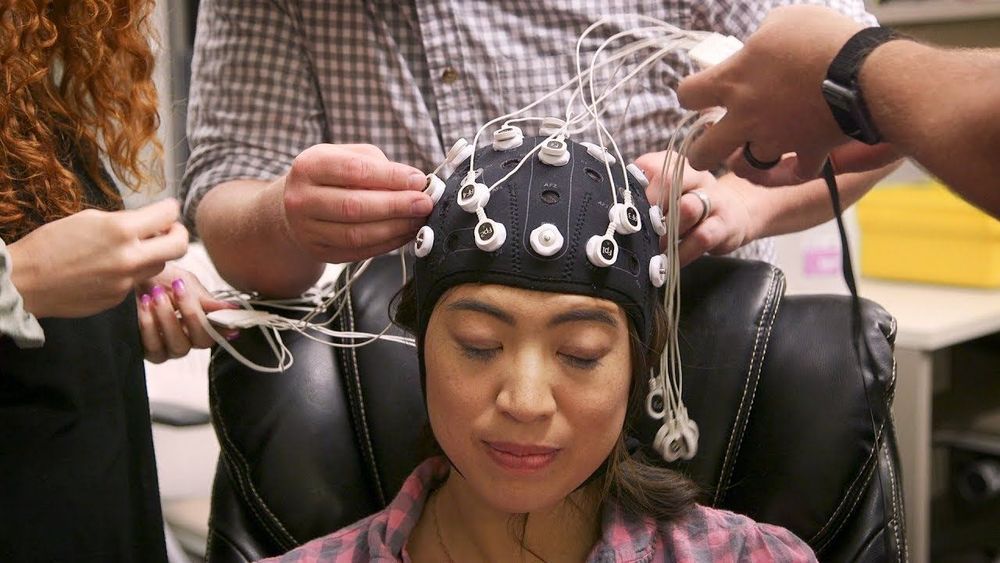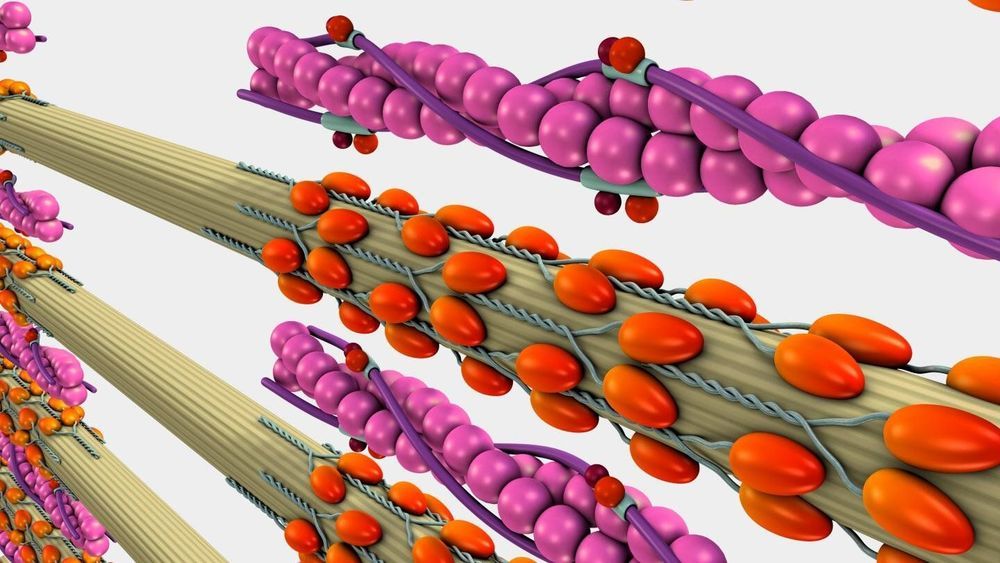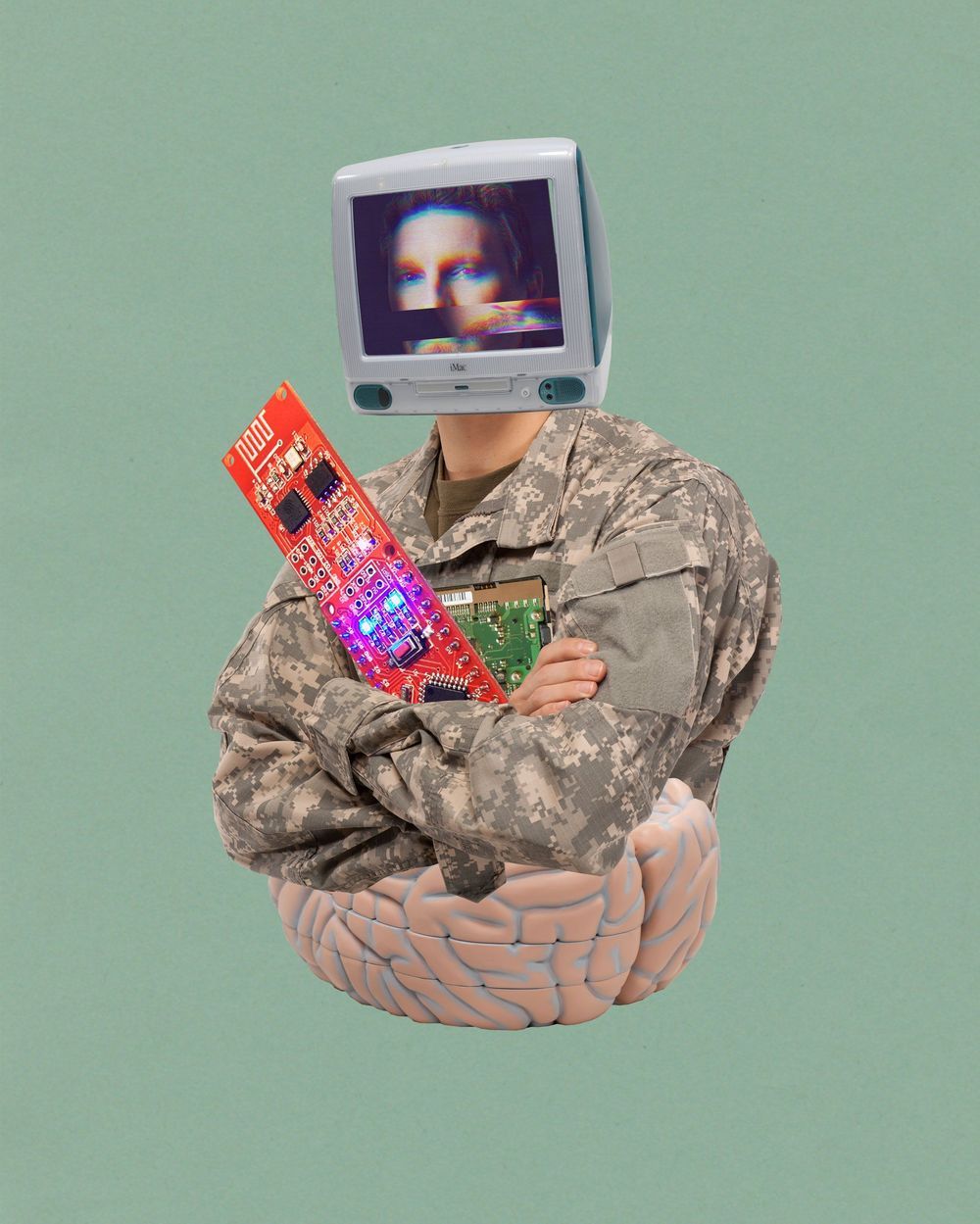The U.S. military is preparing for the age of AI and algorithmic warfare, and it’s getting help from tech giants like Facebook, Google, and Microsoft.
Category: military – Page 205
The Department of Defense has awarded Dr. Gour Pati, professor of Physics and Engineering at Delaware State University a $239,908 grant from the U.S. Army to develop and build a millimeter-wave quantum sensing system at DSU.
Dr. Pati – the principal investigator – and his researchers have recognized the increasing importance of millimeter-wave sensing and imaging in commercial and military sectors, as well as how it is driving the development of low-cost sensors. Dr. Pati’s success in winning the DoD grant engages DSU scientists and students in the work of furthering this advancement.
Rydberg atoms have a hypersensitive response to microwave, millimeter-wave and terahertz radiation. They have the potential for applications in modern communications, remote sensing and many other fields, including medical science. Pati and his team will develop a real-time millimeter-wave sensor using laser-induced fluorescence in Rydberg atoms.
Learn more about nuclear weapons and what you can do to stop them.
EN: http://www.notonukes.org
FR: http://www.sansarmesnucleaires.org
ES: http://www.nomasarmasnucleares.org
PT: http://www.fimdasarmasnucleares.org
DE: http://www.neinzuatomwaffen.org
AR: http://www.notonukes.org/ar
RU: http://www.notonukes.org/ru
CH: http://www.notonukes.org/zh
Spread the word and use the following Hashtags:
EN: #nuclearban FR: #nuclearban
ES: #nomasarmasnucleares
PT: #fimdasarmasnucleares
Sources:
https://sites.google.com/view/nuclearweapons/
As you may have noticed, we like to blow stuff up on this channel. So when the International Red Cross approached us to collaborate on a video about nuclear weapons, we were more than excited.
Until we did the research. It turned out we were a bit oblivious off the real impact of nuclear weapons in the real world, on a real city. And especially, how helpless even the most developed nations on earth would be if an attack occurred today.
So hopefully this video demonstrates how extremely non fun a real world nuclear attack would be, without being too gruesome. This collaboration was a blast (no pun intended) and we want to say a huge thank you to the International Red Cross!
Support us on Patreon so we can make more videos (and get cool stuff in return): https://www.patreon.com/Kurzgesagt?ty=h
Ever since the compass was invented, perhaps about 2,000 years ago, humans have used Earth’s magnetic field to guide them. Many ages later, Sheldon Breiner devised ways to use magnetism to guide him to things that might otherwise never have been found — like sunken ships, a lost city and colossal basalt heads buried underground.
Dr. Breiner, a geophysicist, inventor and serial entrepreneur, started a company called Geometrics in 1969 that built sophisticated magnetometers, which measure magnetic fields. (A compass is probably the most simple example of one.) He then discovered how to use them to detect objects by observing the way the objects affect the magnetic fields that surround them.
Dr. Breiner had started employing rubidium magnetometers to detect seismic activity along the San Andreas Fault when he was studying geophysics at Stanford University. In time he harnessed magnetometers to search for mineral and oil deposits deep underground; find hidden weapons; locate skiers lost in avalanches; and help the government track down sunken submarines and a hydrogen bomb that had fallen into the ocean after a B-52 bomber collided with a refueling jet over Spain in 1966.
It was the second day of a three-day-long tech demonstration at the David Taylor Model Basin at the Naval Surface Warfare Center in Bethesda, Maryland, where attendees had gathered to stand around in the dark to look at something they mostly couldn’t see.
It was a long-range, free-space power beaming system — the first of its kind. Attendees that day, May 23, could see the system itself—the two 13-foot-high towers, one a 2-kilowatt laser transmitter, the other a receiver of specially designed photovoltaics. But the important part, the laser that was beaming 400 watts of power across 325 meters, from the transmitter to the receiver, was invisible to the naked eye.
Raytheon has delivered the first anti-drone buggy to the US Air Force, just over year after it introduced the technology. It’s a high-energy laser system mounted on a small all-terrain vehicle, to be specific, which uses electro-optical/infrared sensors to detect and track drones. After it identifies and tracks the unwelcome flying device, it then neutralizes it with its laser in a process that takes a few seconds.
Researchers have found that giving your brain an electrical stimulation while you sleep can lead to quicker learning and improved memory. Future You’s episode 6 explores what this will mean in 2050.
—————————————————–
Follow NPR elsewhere, too:
• Twitter: https://twitter.com/npr
• Facebook: https://www.facebook.com/NPR
• Instagram: https://www.instagram.com/npr/
• Tumblr: http://npr.tumblr.com/
• Snapchat: https://www.snapchat.com/add/npr
ABOUT NPR
NPR connects to audiences on the air, on demand, online, and in person. More than 26 million radio listeners tune in to NPR stations each week and more than 36 million unique visitors access NPR.org each month making NPR one of the most trusted sources of news and insights on life and the arts. NPR is also the leading publisher of podcasts, with 36 original shows and an average of 4 million listeners per week. NPR shares compelling stories, audio and photos with millions of social media users on Facebook, Twitter, Instagram, Pinterest, YouTube and Snapchat; NPR News and NPR One apps, online streaming, podcasts, iTunes radio and connected car dashboards help meet audiences where they are. NPR’s live events bring to the stage two-way conversations between NPR hosts and the audience in collaboration with the public radio Member Station community. This robust access to public service journalism makes NPR an indispensable resource in the media landscape.
Rogue drones will be brought down by “detect and destroy” technology under plans for a new national counter-drone force to prevent Gatwick-style disruption, ministers have announced.
The new mobile special unit, to be set up by the Home Office, will be available to any police force or law enforcement agency in the UK to counter potential drone threats at major events or malicious attacks such as the chaos at Gatwick airport last Christmas.
The unit is expected to have military-grade cameras, radar and radio frequency scanners to detect rogue drones, similar to those deployed by the Army at Gatwick.
In an effort to make robots more effective and versatile teammates for Soldiers in combat, Army researchers are on a mission to understand the value of the molecular living functionality of muscle, and the fundamental mechanics that would need to be replicated in order to artificially achieve the capabilities arising from the proteins responsible for muscle contraction.
Bionanomotors, like myosins that move along actin networks, are responsible for most methods of motion in all life forms. Thus, the development of artificial nanomotors could be game-changing in the field of robotics research.
Researchers from the U.S. Army Combat Capabilities Development Command’s Army Research Laboratory have been looking to identify a design that would allow the artificial nanomotor to take advantage of Brownian motion, the property of particles to agitatedly move simply because they are warm.
I n August, three graduate students at Carnegie Mellon University were crammed together in a small, windowless basement lab, using a jury-rigged 3D printer frame to zap a slice of mouse brain with electricity.
The brain fragment, cut from the hippocampus, looked like a piece of thinly sliced garlic. It rested on a platform near the center of the contraption. A narrow tube bathed the slice in a solution of salt, glucose, and amino acids. This kept it alive, after a fashion: neurons in the slice continued to fire, allowing the experimenters to gather data. An array of electrodes beneath the slice delivered the electric zaps, while a syringe-like metal probe measured how the neurons reacted. Bright LED lamps illuminated the dish. The setup, to use the lab members’ lingo, was kind of hacky.







